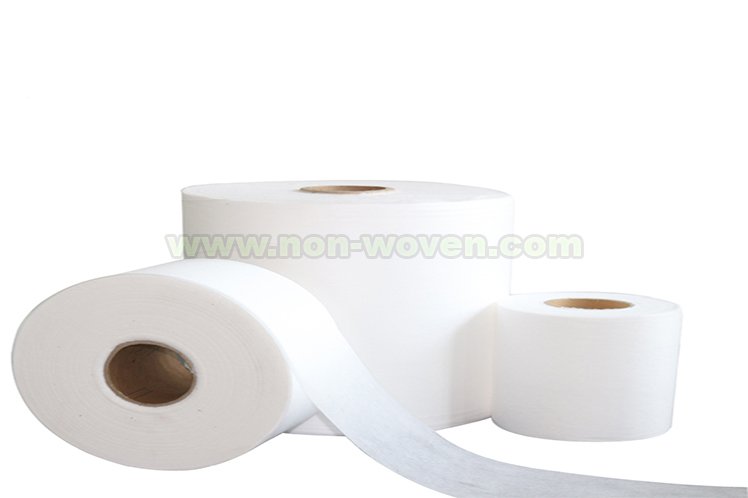The world is frantically searching for meltblown fabric, and no one seems to know what it is. Is it a type of cheese? A new fad diet? A clothing line for melting snowmen? No one knows for sure, but we do know that everyone wants a piece of the melted down fabric pie.This mysterious material is in high demand thanks to its unique properties that make it ideal for use in face masks and other personal protective equipment (PPE). But what exactly is melt-blown fabric, and how is it made? Let’s take a closer look at this fascinating material.learn more…
Meltblown fabric is made from extremely fine plastic fibers that are melted and blown by hot air onto a collecting screen. The blowing process ensures that the resulting fabric has a random, tangled web-like structure. This gives the fabric its distinctive shape and makes it able to trap small particles, making it an ideal filtration material.The plastic is melted down and then blown through a nozzle to create a thin, lightweight fabric. This fabric is used in a variety of applications, including face masks, filters, and even battery separators.
The fibers used to make melt-blown fabric are typically around 0.5 to 10 microns in diameter. For reference, a human hair is about 100 microns in diameter. The small size of the fibers makes melt-blown fabric exceptionally lightweight and breathable. It also allows the fabric to have a large surface area, which is important for effective filtration.
Meltblown fabric was first developed in the 1950s by researchers working on air filtration systems. However, it wasn’t until the 1980s that the material began to be used in face masks and other PPE. In recent years, the popularity of melt-blown fabric has skyrocketed thanks to the coronavirus pandemic. As the world searches for ways to protect ourselves from the virus, melt-blown fabric has become one of the most sought-after materials on the planet. Face masks, in particular, require a lot of meltblown fabric; a single mask can use up to 3 grams of the stuff. With the world’s population using an estimated 129 billion face masks per month, that’s a lot of meltblown fabric!
Meltblown fabric is a fascinating material with a wide range of applications. Its unique properties make it ideal for use in face masks and other PPE, and its popularity has skyrocketed in recent years thanks to the coronavirus pandemic. If you’re curious about this material, there’s no better time than now to learn more about it!
So there you have it: everything you need to know about the mysterious meltblown fabric that has taken the world by storm. What started as a humble material used in face masks has turned into one of the most sought-after commodities on earth. But as with all things in life, nothing good comes without its challenges; in this case, the challenge is simply keeping up with global demand. Here’s hoping that manufacturers are able to ramp up production soon so we can all get our hands on some meltblown fabric!

